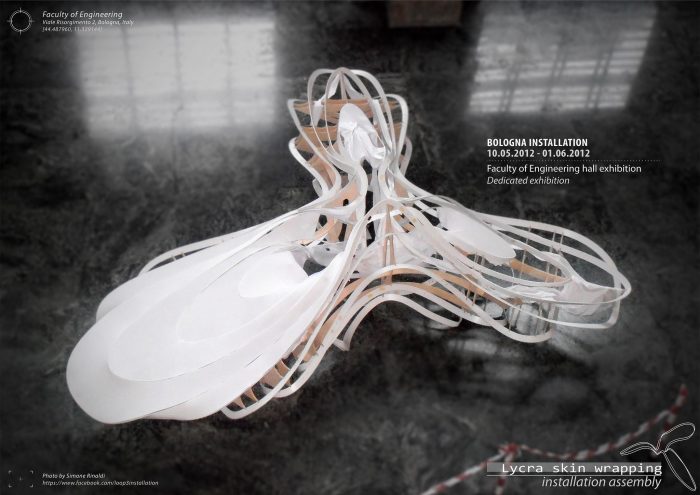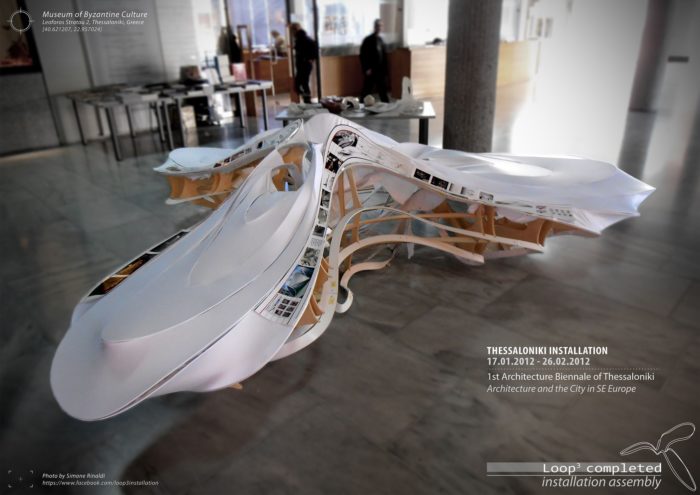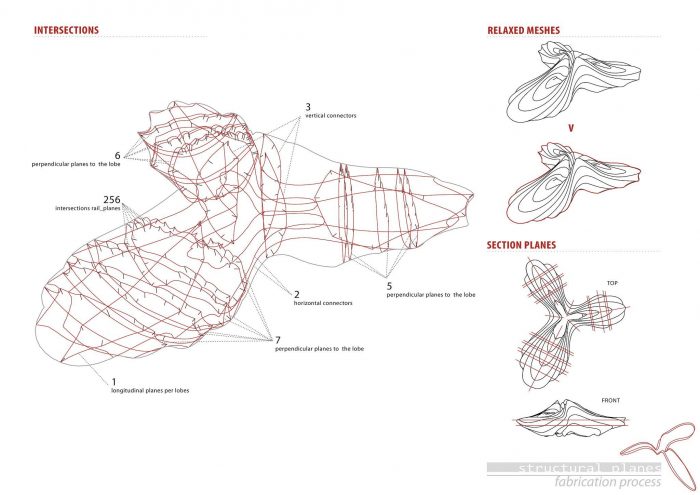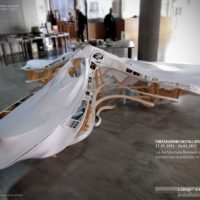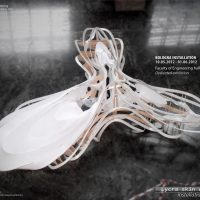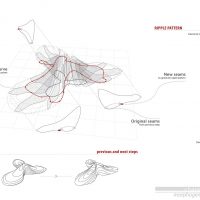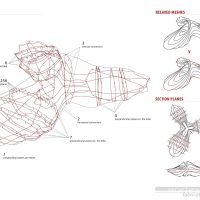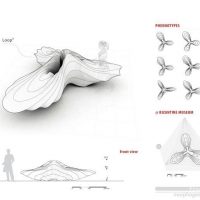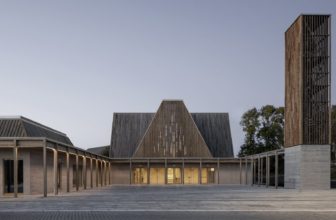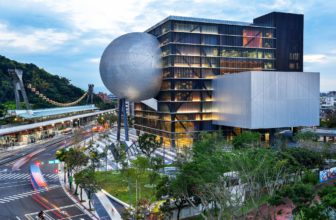Loop_3 is an installation created by a team of students of Università di Bologna based on the role of curvature in structural, functional and aesthetic performance through mathematics to explore the rationality of complex shapes joining spatial interaction. The installation has been designed and engineered in Grasshopper & Rhinoceros. More details about the installation comes after the jump.
Project Description from Co-de-iT team.
Mathematics provides an underlying layer for the description of reality’s inner complexity in terms of computation as well as the tools to enhance and intensify research and expression, elegantly and seamlessly linking science, art, economy, philosophy and other disciplines, merging them into force fields of a unified yet topographically differentiated territory. Architects relentlessly explore this territory ever since, using mathematics as a privileged tool for tracing systematic paths as well as enhancing their expressive language.
The installation is a self-standing object that uses mathematical trigonometric functions (explored through parametric design software) as a mean of aesthetic device, exploring a use of rationality in complex shapes that merges user spatial interaction, curvature as a structural and expressive strategy (the voluptuous ripples also strengthen the overall shape) and form as a sorting device to deploy functions (carrying 3D models, showing pictures from various projects as well as a pad to interactively explore design strategies).
“Shapes are diagrams of forces”
D’Arcy Thompson
“Shape determines functions, and the energetics of functions dictates the optimal structure required”
(da “The language of shape – the role of curvature in condensed matter” – Hyde and Larsson, 1997)
Loop_3 explores the rationality of complex shapes joining spatial interaction, curvature as structural and expressive strategy (the voluptuous ripples give help the overall stability) and shape as sorting system for the deployment of functions (flat parts are intended for 3D prototypes while pictures occupy the most vertical surface parts to facilitate reading).
>
All installation components are derived from planar elements and collaborate mutually to structural stability, morphological organization and function deployment, creating systemic relations among the various parts differently from traditional structure-skin-ornament linear dependency (the tensioned lycra skin concurs to structural stability while the plywood core morphology comes first from the curvilinear trajectories and then optimizes material use).
- Courtesy of Co-de-iT
- Courtesy of Co-de-iT
- Courtesy of Co-de-iT
- Courtesy of Co-de-iT
- Courtesy of Co-de-iT


